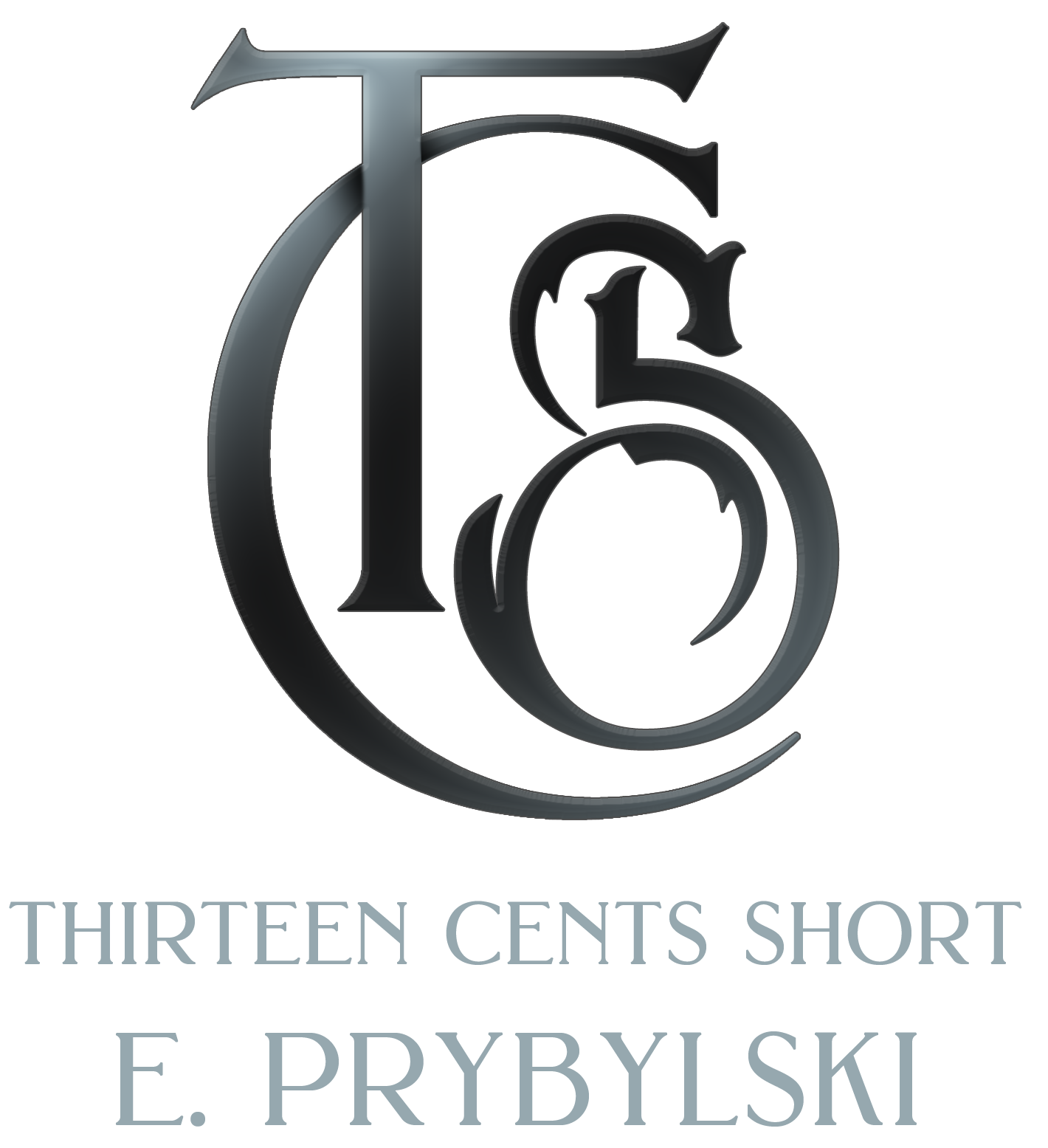I’ve come to see that there seems to be a lot of confusion about what will impress an editor and while I can’t speak for every editor out there, I can certainly speak for myself and I hope that it might give some insight into what you should consider when you are making contact with your editor (or writing queries, etc.).
When I read a query, as I’ve stressed before, I look for people that can read submission guidelines. It seems like no matter how simple they are, people manage to either not read them or not understand them. But people that can and do follow the rules catch my attention. They also make me more inclined to work with them and it indicates to me that they can follow direction. That’s actually pretty important in this process since there are times when we have certain methods to doing things that require following simple directions.
Next, I prefer people that are professional. While being “cute” might be funny and sure, if your query or messages make me laugh it’s a bonus but I would rather that the cute or witty comments not be lost in a sea of nonsense. Letters and contact should be professional and polite. Being “witty” or “artistic” isn’t particularly impressive though the occasional remark isn’t out of place.
I don’t mean that people have to be stiff and incredibly formal, but address the people you’re talking to like you would a professor in college or your boss at a job. Use your best language (note: I don’t mean most verbose or hoity), be polite, be friendly.
One of my biggest peeves is when people try and “impress” me. Please, please don’t try to impress me with how artistic or “different” you are. Every writer has their own, unique talents and is a different and special snowflake. I promise. You don’t need to prove that to me since I am a writer myself and have known many writers in my experience and lifetime and all of them definitely have a unique imprint and view of the world. That’s one of the joys of working with people that are so imaginative.
Once we start getting into the manuscript end of things, the first thing I look for when I’m looking at a manuscript is whether or not the grammar is at least decent. Everyone makes mistakes, of course, and even if the grammar isn’t perfect it’s still important to have it be readable. I have, on more than one occasion, read stories where the author clearly didn’t have any understanding of grammar whatsoever and that rendered the writing nigh incomprehensible.
After that, and once I start getting into the meat of the writing I’m interested in the characters – who they are, what they look like, what makes them tick. While I don’t need to know all their dirty little secrets immediately, I like being able to have a clear view of who is doing the talking and what, precisely, their focus and story is. While plot is, naturally, intensely important it’s the characters that will make me stay through the book.
Once I view our main protagonists (and/or antagonists) I move on to the plot. Is it interesting? Does it grab me? Does it put me to sleep? Do you spend five chapters talking about doilies and pictures on the wall? While (regardless of whether or not the first portion of the book puts me to sleep) I will read an entire manuscript before making a judgment call, the more interesting the opening of the book and the plot is, the better that experience will be. And it also naturally increases the chances of me accepting the manuscript.
I’ll be giving suggestions on how to improve on these points in future blog entries, however these are definitely important facets of what leads me to decide what manuscripts I’ll work on and what ones need to return to the writers for further work.

[…] What Editors Look For (efharvey.wordpress.com) […]